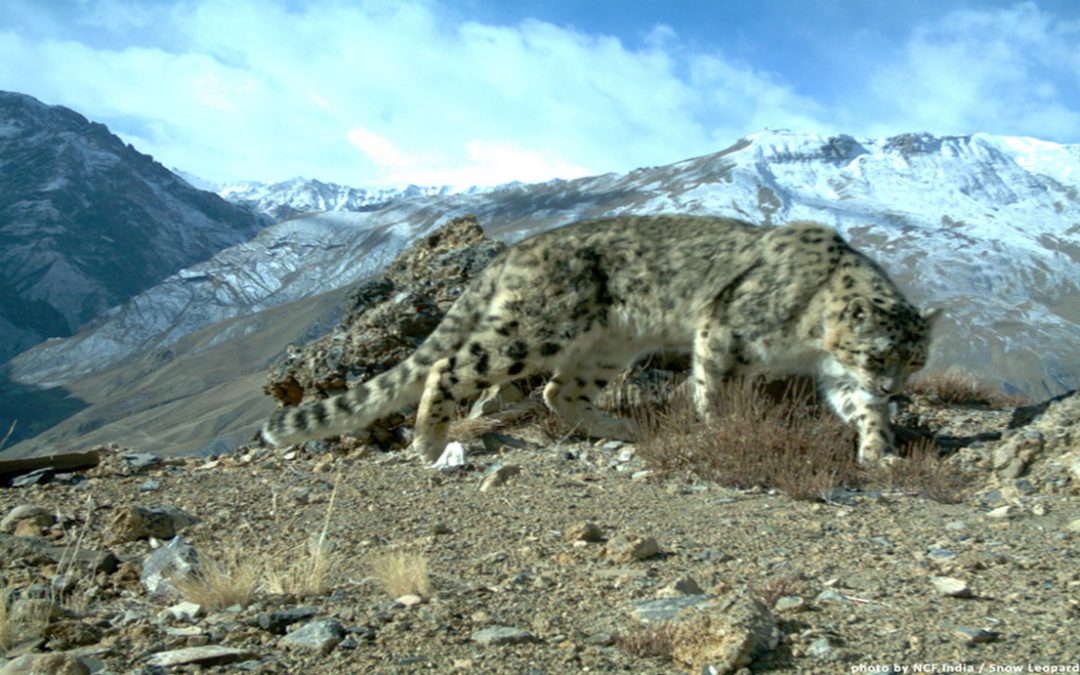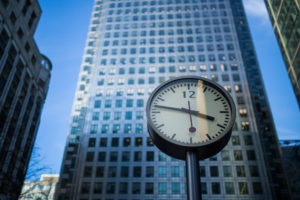The Global Snow Leopard & Ecosystem Protection Program (GSLEP), a joint initiative by all 12 Central and South Asian that are home to this endangered big cat, held a meeting in Paris on Monday, December 7, 2015, during the United Nations Climate Change Conference (COP 21).
The main agenda of the meeting was to highlight the impacts of climate change on snow leopards, their ecosystems and the livelihoods of local villagers residing in snow leopard habitat.
Mr Zahid Hamid, Federal Minister for Climate Change of Pakistan and Chair of the Global Snow Leopard & Ecosystem Protection Program Steering Committee
In his welcome address to the attendees, Mr. Zahid Hamid, Minister for Climate Change of Pakistan and chair of the GSLEP steering committee, set the stage by calling the snow leopard a ‘thermometer of the health of the mountain ecosystems’. The steering committee’s co-chair, Mr. Sabir Atadjanov, Director of the State Agency for Environment Protection and Forestry of the Kyrgyz Republic, underscored the need for the GSLEP program to link community-based snow leopard conservation, a cornerstone of the program’s approach, with efforts to improve climate adaptation capacity in this ecologically fragile region. John Farrington of WWF US updated the attendees on how the current, rapid warming in the snow leopard’s range is affecting glaciers, permafrost, precipitation, water resources, and weather phenomena, which in turn have large consequences for ecosystems, wildlife, and human livelihoods in these areas.
Glaciers are in retreat across the snow leopard’s range – a result of climate change.
He pointed out that glaciers in snow leopard range areas were already in retreat, particularly in the southern and eastern parts of the range.
Climate change to inform snow leopard landscape management planning
An audience member, Ms. Zuhra Abaihanova of the Climate Change Centre of the Kyrgyz Republic, pointed out that the Management Planning Guidelines needed explicit mention of climate change issues and adaptation. Following her suggestion, the Secretariat assured inclusion of climate change related assessments and planning in the Management Planning Guidelines without changing the inherent structure.
Mountain-Dwelling Communities at the Center of Conservation Efforts
During the meeting, delegates and experts repeatedly highlighted the close link between the fate of the snow leopard and the future of the mountain communities who share the cat’s habitat. It was in this spirit that Mr. Hamid and Mr. Atadjanov closed the meeting by reiterating, “the mountain-dwelling villagers will remain at the center of all conservation efforts.”





